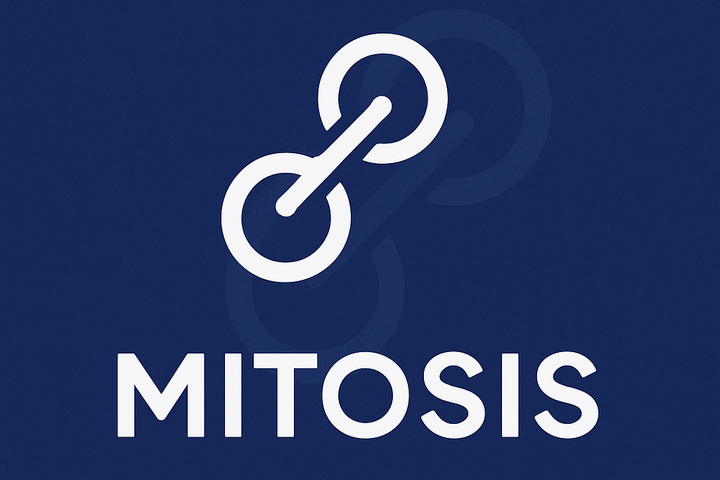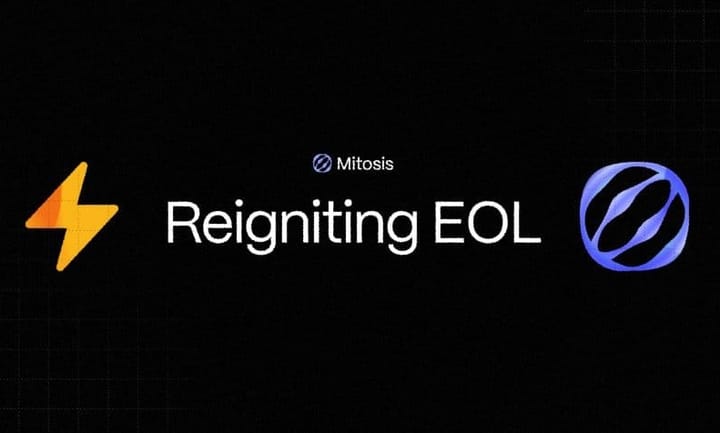MicroStrategy’s Bitcoin Treasury Pivot: Market Influence and Evolving Investor Perceptions

Introduction
Since August 2020, MicroStrategy, a business intelligence firm, has redefined corporate treasury management by adopting Bitcoin as its primary reserve asset, amassing 555,450 BTC worth $33.1 billion by May 2025. Under Executive Chairman Michael Saylor’s leadership, the company’s aggressive acquisition strategy fueled by convertible bonds, equity issuance, and its “21/21 Plan” to raise $42 billion has positioned it as the largest corporate Bitcoin holder, influencing market dynamics and investor sentiment.
This article explores MicroStrategy’s Bitcoin pivot, its mechanisms, market impact, and the evolving perceptions of investors navigating this high-stakes strategy.
Content to expect in this article includes:
➡️ The Bitcoin Treasury Pivot
➡️ Market Implications
➡️ Shifts in Investor Sentiment
➡️ Risks and Challenges
➡️ A Transformative Model
Let’s dive right in 🚀
The Bitcoin Treasury Pivot
Traditionally, corporate treasuries favor diversified, low-risk assets like bonds or cash to ensure liquidity and stability. MicroStrategy’s pivot in 2020, driven by Saylor’s concerns over fiat devaluation and inflation, broke this mold. Starting with a $250 million Bitcoin purchase, the company has since acquired 555,450 BTC at an average price of $66,384, using innovative financing:
▪️Convertible Bonds: MicroStrategy has issued over $7.2 billion in convertible notes, often at 0% interest, convertible into MSTR stock at premiums up to 55%. These low-cost loans fund rapid Bitcoin buys.
▪️Equity Issuance: The company raises capital by issuing shares, particularly during stock surges, though this dilutes existing shareholders.
▪️21/21 Plan: Announced in 2024, this plan targets $21 billion in equity and $21 billion in debt by 2027 to expand Bitcoin holdings, potentially reaching 700,000 BTC by 2032.
This strategy has transformed MicroStrategy into a leveraged Bitcoin proxy, with its stock surging 500% in 2024, outpacing Bitcoin’s 123% rise.
Market Implications
MicroStrategy’s Bitcoin purchases $33.1 billion to date exert significant influence on cryptocurrency markets:
▪️Price Pressure: The company’s buys, like a $243 million purchase of 2,530 BTC in January 2025, often dwarf Bitcoin ETF inflows, contributing to upward price momentum. X posts describe this as a “self-fulfilling prophecy,” where purchases boost Bitcoin’s price, enabling more capital raises.
▪️Liquidity Impact: Holding 1.7% of Bitcoin’s supply, MicroStrategy reduces circulating BTC, potentially increasing volatility if market liquidity tightens.
▪️Corporate Adoption: Saylor’s advocacy has inspired firms like Marathon and Semler Scientific to adopt Bitcoin treasuries, legitimizing corporate crypto investment.
However, the strategy amplifies volatility. MSTR’s stock, with a beta of 3.26, reacts 1.5 to 2x more to Bitcoin’s price swings, as seen in a 45% drop from its November 2024 peak. A 50% Bitcoin correction could slash its $31.2 billion holdings to $15.6 billion, triggering impairment charges and a 60% to 80% MSTR decline.
Shifts in Investor Sentiment
MicroStrategy’s pivot has polarized investors, reshaping perceptions:
▪️Bullish Enthusiasm: Bitcoin maximalists and retail investors view MSTR as a high-leverage Bitcoin play, especially for those unable to buy BTC directly. Its 700% returns since 2022 and Nasdaq-100 inclusion in December 2024 fuel optimism. X users like @TheBTCTherapist call MSTR a “positive feedback loop,” with Bitcoin yield (12.1% in Q1 2024) showcasing per-share BTC growth.
▪️Skepticism and Caution: Critics warn of a bubble, likening MSTR to the GBTC Premium Trade’s 2021 collapse. X posts from @ChainLinkGod express unease over $7.2 billion in debt, fearing a reverse flywheel if Bitcoin falls. Short interest, though down from 16% to 11%, reflects bearish bets.
▪️Premium Dynamics: MSTR trades at a 36% average premium over its Bitcoin holdings’ net asset value (NAV), peaking at 300% in Q4 2024 and dipping below 50% in Q2 2022. This volatility reflects sentiment swings from euphoria to panic.
The stock’s $100 billion market cap, despite $463 million in declining software revenue, underscores its identity as a Bitcoin proxy over a software firm.
Risks and Challenges
MicroStrategy’s strategy carries significant risks:
🎯 Volatility Exposure: A Bitcoin drop could strain its $7.2 billion debt, with convertible notes maturing through 2032. A margin call at $21,000 per BTC was avoided in 2022, but future dips remain a threat.
🎯 Dilution: Equity issuance to fund buys or pay dividends (e.g., 8% on STRK preferred stock) pressures MSTR’s price, potentially trading at a discount to NAV if issuance overwhelms demand.
🎯 Software Decline: Q3 2024 software revenue fell 10.3% to $116.1 million, with operating losses raising concerns about debt servicing without Bitcoin appreciation.
Despite these, Saylor [MicroStrategy’s] Bitcoin strategy has avoided liquidation, supported by strong investor confidence and low-cost debt.
A Transformative Model
MicroStrategy’s Bitcoin treasury pivot is a bold experiment in corporate finance, blending DeFi’s ethos with traditional markets. Its influence driving Bitcoin prices, inspiring corporate adoption, and polarizing investors, marks it as a DeFi pacesetter. For LPs and investors, MSTR offers leveraged exposure, but with amplified risks. As the 21/21 Plan unfolds, its success hinges on Bitcoin’s trajectory and Saylor’s ability to sustain capital raises.
For DeFi, MicroStrategy’s model could normalize crypto treasuries, bridging Web3 and legacy finance. Yet, its volatility and debt load caution against unchecked optimism. As X users debate its genius versus fragility, one thing is clear, MicroStrategy has redefined what a company can be, for better or worse, in a $100 billion DeFi landscape.
Follow up with more update on Mitosis ecosystem by checking out their official pages at: Website | X | Discord | Telegram



Comments ()